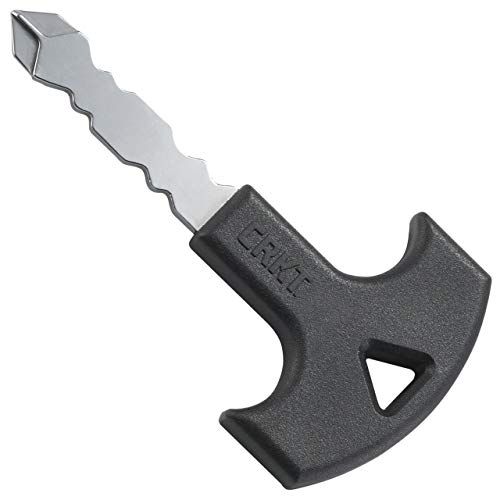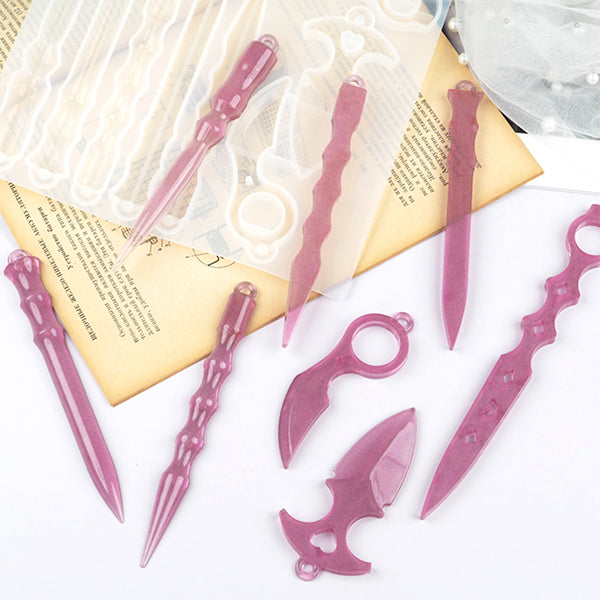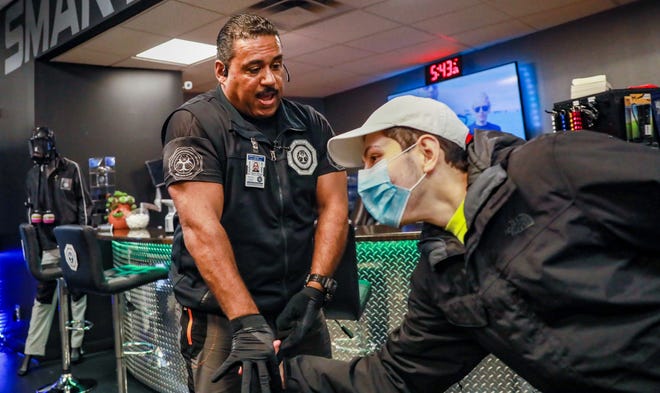
Some parents choose to take their children to a self-defense class. Others want to teach the basics first. Preliminary lessons should include not approaching strangers in the street or chatting up people they do not know. It may sound easy, but teaching kids how to defend themselves is not as simple as you think. Here are some examples. Let your child know that strangers are not acceptable and that they should avoid approaching cars.
Krav Maga
KMI youth programs are a fun, practical way for young people to learn effective strategies in real-life situations. KMI classes teach children how to handle bullying, improve social skills and boost self-esteem. KMI NYC teachers are both parents of students and have been through bullying themselves. The instructors are passionate about teaching kids how to defend themselves, which means they are incredibly helpful and supportive of young learners.
A Krav Maga class for children will teach them how to think quickly and act assertively. These classes teach children how to cope with situations such bullying at school and unexpectedly taking a math exam. Parents will have peace of mind knowing that their children can face any challenge.

Brazilian Jiu-jitsu
A Brazilian Jiujitsu self defense class for children is a great choice for those who are interested to learn martial arts. These classes are more engaging than classical music lessons for younger students. BJJ is based on techniques used in child development. Moreover, the class environment is stimulating and filled with both fun and skill-oriented activities.
Brazilian Jiu-Jitsu for kids has the advantage of not having to contact anyone. Additionally, the class emphasizes self-defense techniques that can work in real-world situations. This class is particularly beneficial for children as they learn how to defend themselves against attacks. This can be a huge benefit later in life. Because they encourage healthy competition, the classes can help your child develop their self-esteem.
Aikido
Anna Ito, a long-time instructor of Aikido for kids, is the principal instructor. Anna is supported by other senior instructors, including Jim Graves (6th Degree Black Belt Chief Instructor). Children should wear loose-fitting clothing, and keikogi should be provided for students. The class will begin with a bow-in process and include exercises to develop ukemi. The class concludes with a bow out ceremony, and the child takes part in a thank you circle.

Along with learning self defense skills, children also learn important life skills, such as patience, discipline and focus. Children learn the art of Aikido by experiencing a fun environment where they can explore their bodies and minds. Children can attend the class as many times as they like, as long as it meets their interests. The instructors in these classes have over forty years of experience teaching the martial art, and they have been teaching children Aikido for fifteen years. Aikido can teach children valuable lessons, such as developing focus and awareness. They also introduce children to the idea of harmony.
FAQ
What is a good schedule for a 7-day work out?
Three days per week should be spent on cardiovascular training, including running, biking, swimming, and two strength exercises using free weights, weight machine, as well as one flexibility/core exercise such as yoga, Pilates. Each activity must be completed at least once per week. Each session should not take more than 45 mins.
Cardiovascular Exercise: Running, Biking, Swimming
The goal is to get in at least 60 minutes of cardio activities per week. Try to do 75 minutes per semaine for the best results. Cardio exercise can improve blood flow and stimulate muscle development.
Strength Training
Cardio exercises target the heart, lungs and muscles. Strength training targets the muscles, tendons and bones. Strength training is a great way to build lean muscle mass that helps you burn calories even if you are not actively exercising.
Flexibility and Core Workouts
To strengthen your whole body, flexibility and core work outs are excellent ways to do so. Both yoga or Pilates are great options.
Do I have to exercise every single day?
No! At least 30 minutes moderate-intensity exercise five days per week is a good goal. That means walking fast enough to be slightly out of breath or biking hard enough to sweat.
What is the purpose of milk for men?
Next time you buy milk think about what you could do with it. It might also help if you start drinking less coffee.
It has been proven that milk is beneficial for both children and adults. Milk is rich in nutrients for children, including vitamin D and calcium.
It helps with digestion, promotes weight growth, and improves bone strength. People who consume dairy products have lower rates of illness and better immune systems.
Milk is also rich in lactose, so people who cannot digest this sugar easily can enjoy its benefits without experiencing stomach problems.
You can drink more milk than you would soda or juice. Your teeth and bones can be strengthened by drinking milk rich in vitamin D and calcium.
If you don't like the taste of milk, you can always make your yogurt using plain low-fat milk. Yogurt is a great alternative to milk since it is lower in calories and higher in protein.
Probiotics are also found in yogurt, which help with digestion and boost immunity.
Try warm milk to help you fall asleep. Warm milk relaxes muscles, increases serotonin levels and helps you get a good night of sleep.
How many calories do I need to eat each day?
This can vary from person to person. On average, between 2000 and 2500 calories a day. It's important to assess your life style, gender, age and height in order to determine how much calories you need.
Statistics
- Cardmembers earn 5% Back at Amazon.com with a Prime Credit Card. (amazon.com)
- By John Thompson Take a whopping 38% off a set of PowerBlock Pros. (menshealth.com)
- Get free shipping and 25% off today. (healthline.com)
- Are You One of the 20% of Guys (mh.co.za)
- According to the American Heart Association, blood pressure should be checked at least once every two years, beginning at age 20. (my.clevelandclinic.org)
External Links
How To
What is the best food for men to eat?
Five servings of fruit and vegetables should be consumed daily by men. They must also avoid red meat and fast food.
Fruits and veggies are packed with antioxidants that protect against cancer, cardiovascular disease, and other diseases.
Vegetables include broccoli, cauliflower, carrots, spinach, tomatoes, peppers, cucumbers, lettuce, mushrooms, etc.
Beans and peas are high in fiber and protein as well.
The best sources of omega-3 fat acids are nuts and seeds. Omega-3 s are essential for brain function and hormone production.
Another source of omega-3s are fish. Fish has more mercury than other meats. However, fish liver oil does contain fewer toxins.
Omega-6s found in vegetable oils like corn, soybean, safflower, sunflower, and cottonseed oils are necessary for average growth and development.
Poultry is a great source of lean proteins. Chicken breast is one the healthiest meats.
Lean beef is low on saturated fats, cholesterol, and other harmful substances. Consuming too much red meat can increase your chance of getting prostate cancer.
Avoid processed meats such as sausage and hot dogs. These foods contain added nitrates, which can lead to cancer.
It is obvious that exercise is important for overall health. However, what if your exercise routine is already regular? Is there anything else you can do to maintain or improve your physical condition?
Yes! There are many things you can do to get the best out of your workouts. These are some ways to make your workouts more enjoyable.
Start slowly. It is possible to injure your self if you push too hard during your first session. Start at a pace where you feel comfortable and gradually build up your intensity over time.
Before and after you stretch. Stretching will help loosen tight muscles, reduce soreness, and improve flexibility. You can stretch sitting down, standing, or moving around.
Cool down. This is especially important when you are doing cardio exercises. You need to allow your body time to rest between sessions so that it doesn't get tired. Cool down by walking slowly, taking deep breaths or going for a swim.
Hydrate. Fluid intake is important to keep your muscles hydrated and prevent muscle cramps. Water is the ideal drink, but sports drinks can also help.
Eat right. Get enough calories in each day. Regular meals throughout the day will help keep you energized and focussed during your workouts.
Get enough sleep. When you get enough sleep, you'll feel refreshed and ready for your next workout. Sleep is also crucial for repairing damaged tissues.